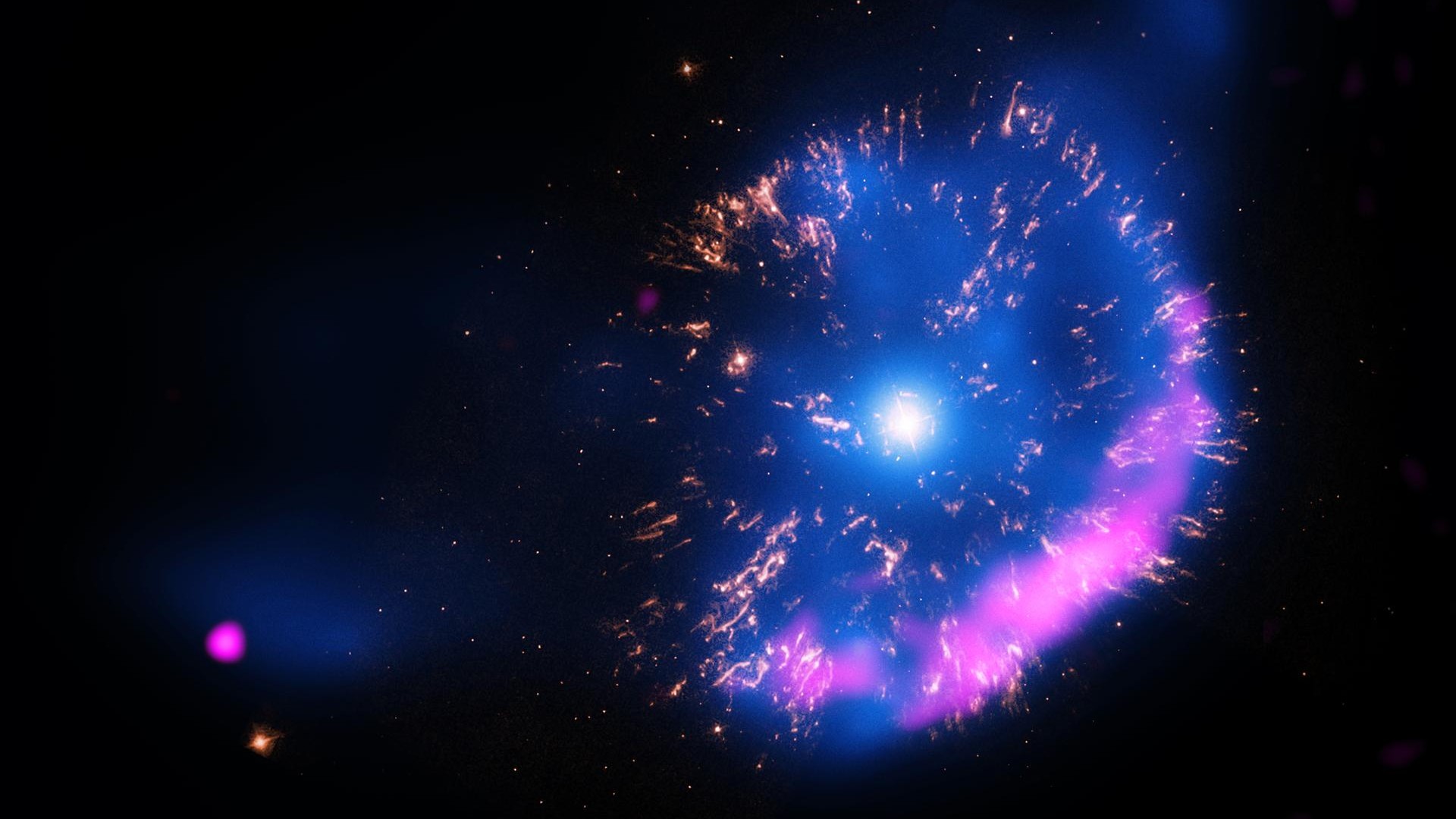
The vivid, bizarre images that infuse dreams are formed when people make the darting, rapid eye movements characteristic of a certain stage of sleep, new research suggests.
The findings confirm a long-held scientific hypothesis that such rapid eye movements during sleep reflect a person viewing their dream-world in the same way that they would take in a scene when awake.
"There was this idea that we scan the dream image, or the mental image when we dream," said study co-author Yuval Nir, a sleep researcher and neuroscientist at Tel Aviv University in Israel. "But it's been very difficult to prove it." [7 Mind-Bending Facts About Dreams]
What dreams are made of
The mystery of why humans dream has long fascinated scientists and philosophers. Are dreams hints of a person's deepest, most subconscious longings, as Sigmund Freud proposed? Are they the way the brain works out real-life problems? Or are dreams the day's mental debris, which the brain sweeps up every night as a person slumbers?
Yet despite years of study, scientists had few answers about this mysterious space between sleep and wakefulness. For about 60 years, researchers knew that people dreamed during the rapid eye movement (REM) phase of sleep. Many hypothesized that the darting of the eyes corresponded to people "seeing" images in their dreams, but there was no way to know for sure, Nir said.
But then Nir and his colleagues found a unique way to test out the idea. Some people with epilepsy continue to have many seizures despite medication, and instead must have electrodes implanted in their brains. The electrodes send small electrical jolts to the parts of the brain responsible for the seizures, and often the treatment completely eliminate the seizures, Nir said.
Get the world’s most fascinating discoveries delivered straight to your inbox.
But the electrodes can also detect and record the electrical firing from individual neurons, or brain cells.
Sight in sleep
So Nir, Dr. Itzhak Fried, a cognitive neurophysiologist at UCLA, and their colleagues asked 19 people who were having brain implants for epilepsy if they would also be willing to have some of their brain activity recorded while they slept. [Top 10 Mysteries of the Mind]
The brain recordings revealed that every time the dreamers moved their eyes, neurons in the medial temporal lobe of the brain showed a burst in activity, the researchers reported today (Aug. 11) in the journal Nature Communications.
In past studies, Fried had found that the medial temporal lobe lit up when people looked at images of famous people and places, such as the Golden Gate Bridge or Jennifer Aniston; simultaneously, they also made eye movements similar to those found during REM sleep. In 2010 Fried and his colleagues published a paper in the journal Nature showing that neurons in this brain region were under voluntary, conscious control when people were awake.
The new study finally confirms the long-held hypothesis that eye movements during REM sleep correspond to people visualizing imagery in their dreams, said Dr. J. Allan Hobson, a psychiatrist and sleep researcher at Harvard Medical School in Massachusetts, who was not involved in the current study.
Many other parts of the brain were also active during REM sleep, and the team still isn't sure how those brain regions are involved in dreaming, Nir said.
Theoretically, researchers could one day read someone's dream activity using brain-firing data, determining whether the person was visualizing, say, an adorable kitten versus a scary monster. To do that, researchers would have to record someone's brain cell-firing signals during sleep, and then wake the person up to ask about the dream that individual was having. They would also need to collect data on the brain's electrical firing signals when the person viewed those same images during wakefulness.
"This is the Holy Grail that we'd like to do someday," Nir told Live Science. "The only thing is, it's quite challenging to collect dream reports in this particular setting."
After all, people undergoing brain surgery are already stressed about their health and are distracted by other concerns; waking them up in the middle of the night would be too intrusive, Nir said.
Purpose of dreams?
Though the study focuses on the mechanics of dreaming, it has other implications, Hobson said.
"I think this data is just another nail in the coffin in the idea that dreaming is a sort of symbolic distortion of past activity," Hobson said, referring to Freudian ideas that dreams have symbolic significance that must be interpreted.
Instead, because the same types of visual activity are under a person's conscious control when the individual is awake, the dream-state brain-cell firing "shows very clearly that dreaming is a form of consciousness," Hobson said. "You might call it an altered state of consciousness, an alternative state of consciousness."
As for the purpose of dreams, that is still an open question, Hobson said.
Follow Tia Ghose on Twitterand Google+. Follow Live Science @livescience, Facebook & Google+. Original article on Live Science.

Tia is the editor-in-chief (premium) and was formerly managing editor and senior writer for Live Science. Her work has appeared in Scientific American, Wired.com, Science News and other outlets. She holds a master's degree in bioengineering from the University of Washington, a graduate certificate in science writing from UC Santa Cruz and a bachelor's degree in mechanical engineering from the University of Texas at Austin. Tia was part of a team at the Milwaukee Journal Sentinel that published the Empty Cradles series on preterm births, which won multiple awards, including the 2012 Casey Medal for Meritorious Journalism.


